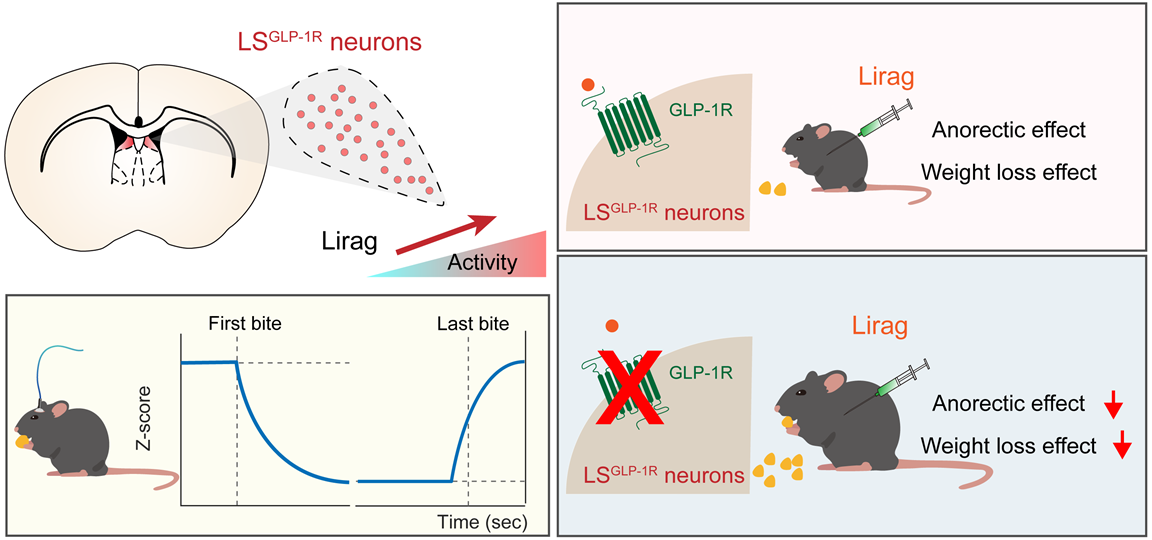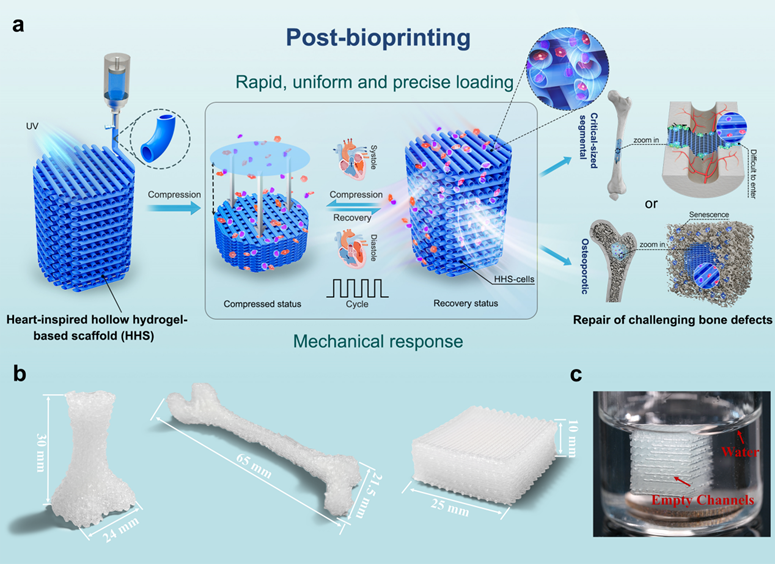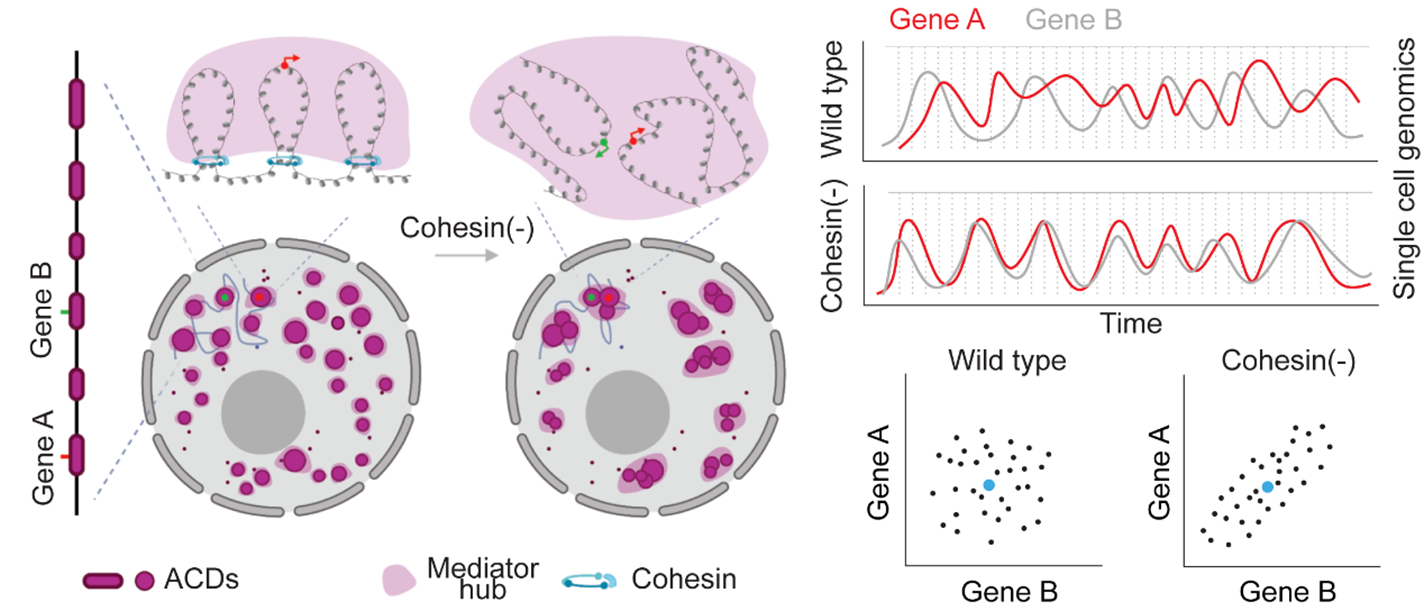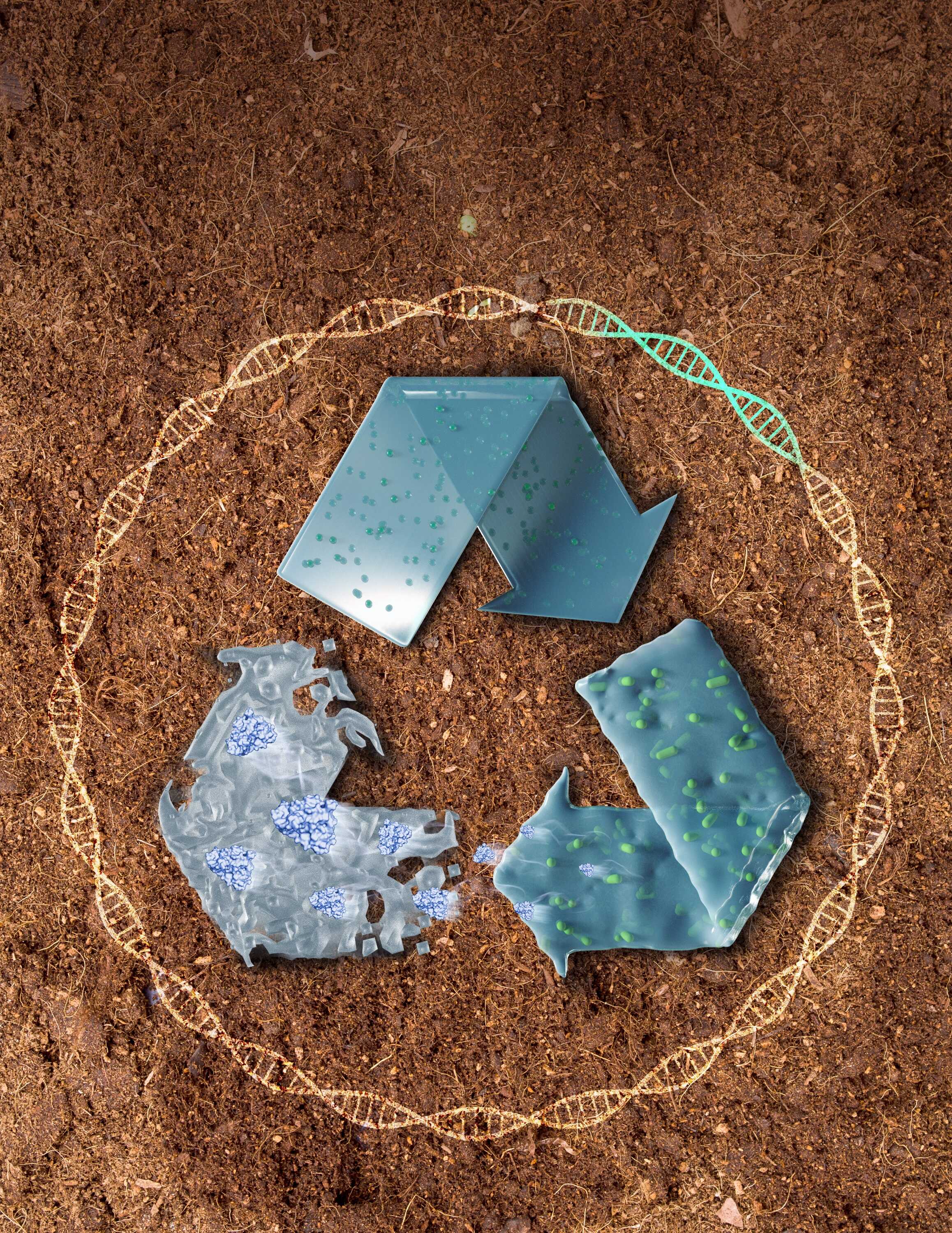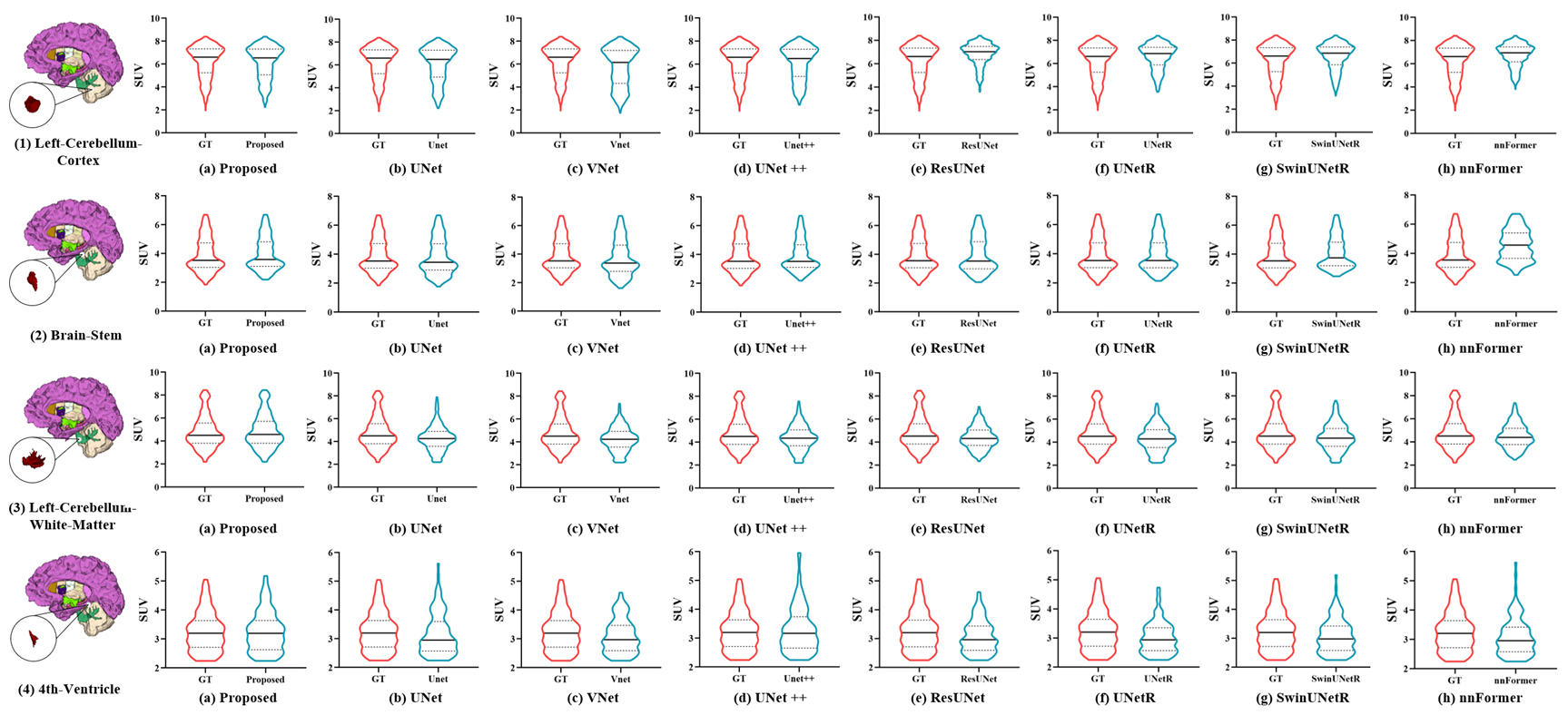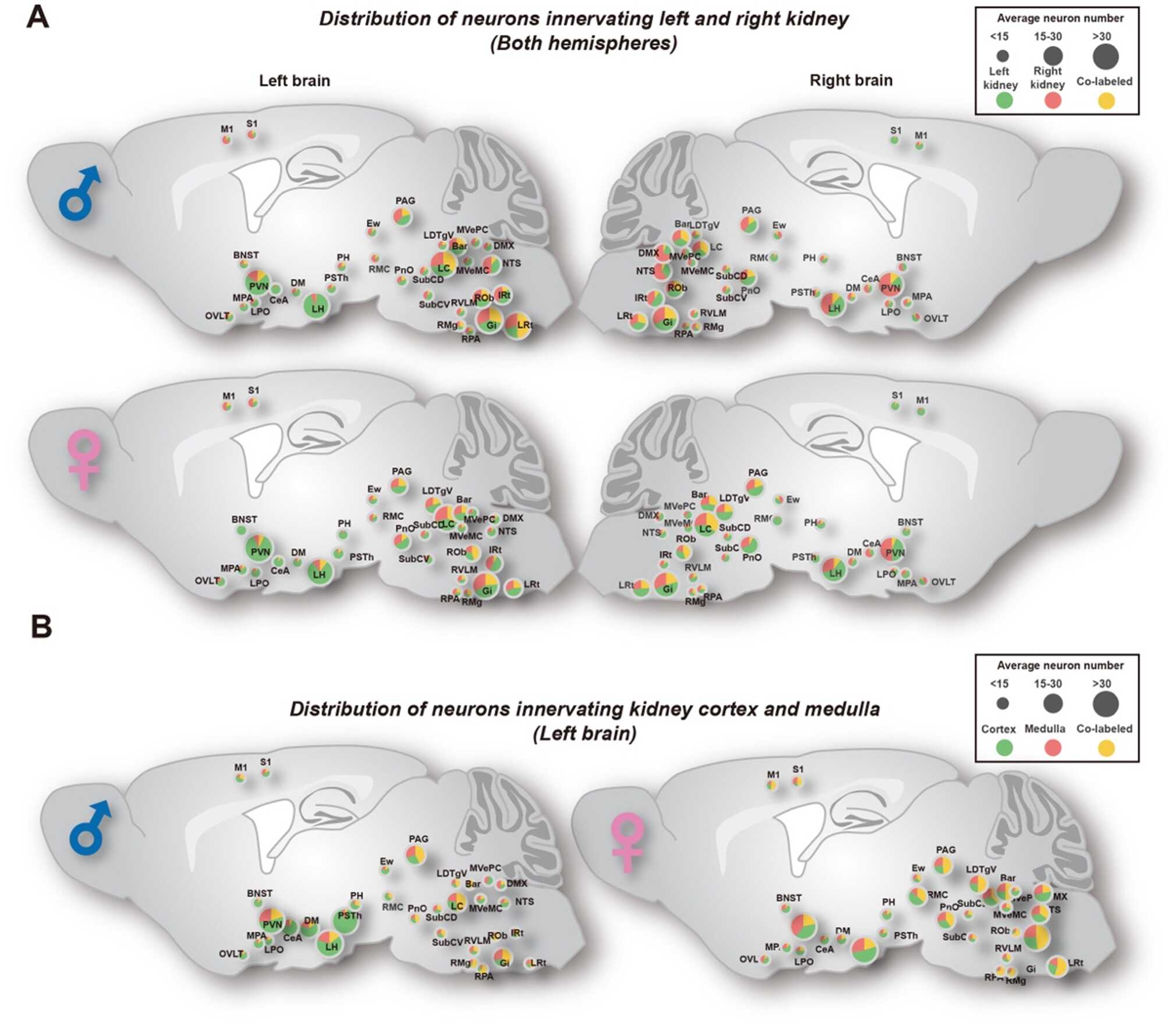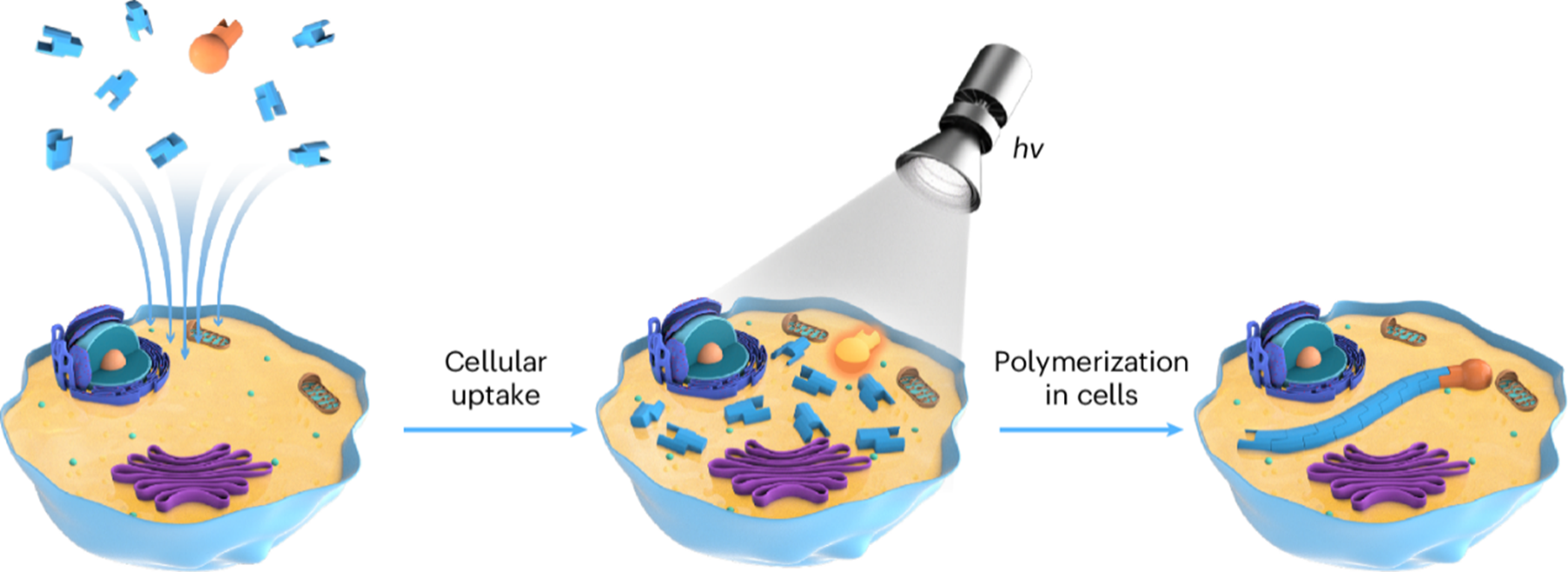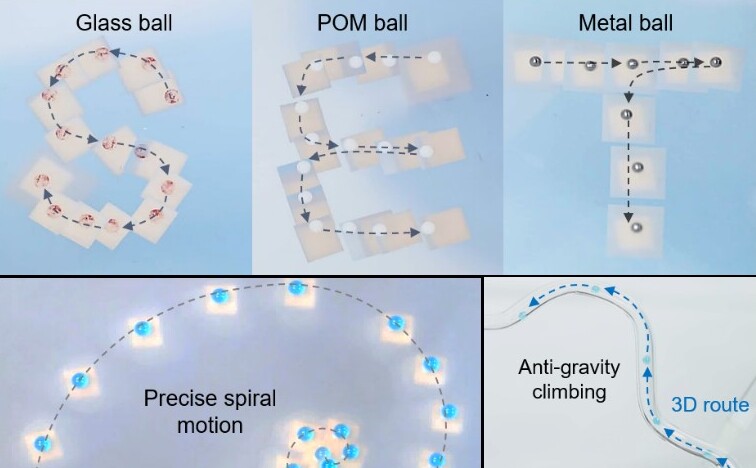
SIAT Research
-
Sep 04, 2024Researchers Reveal New Central Action Target of the “Weight Loss Miracle Drug” GLP-1R Agonists in MiceResearchers revealed the essential role of lateral septum (LS) neurons in mediating anorectic and weight-lowering effects of the anti-obesity drug— liraglutide in mice. A research group led by Prof. ZHU Yingjie from the Shenzhen Institute of Advanced Technology (SIAT) of the Chinese Academy of Sciences (CAS), has revealed the essential role of lateral septum (LS) ...
-
Sep 03, 2024Researchers Develop Novel Post-bioprinting Strategy for Reconstruction of Challenging Bone DefectsThe researchers developed a type of heart-inspired hollow hydrogel-based scaffold (HHS) that can reversibly respond to external mechanical stimulations are used for active cell loading in a rapid, ... A research team led by Prof. RUAN Changshun from the Shenzhen Institute of Advanced Technology (SIAT) of the Chinese Academy of Sciences has proposed a mechanical-assisted post-bioprinting strategy...
-
Aug 29, 2024Researchers Reveal New Role of Cohesin Complex in Controlling Gene CoexpressionResearchers discovered an unknown role of cohesin complex in controlling gene expression, thereby resolving the long-standing puzzle regarding the general function of genome structure in gene regul... In a study published in Nature Genetics on July 24, scientists from the Shenzhen Institute of Advanced Technology Chinese Academy of Sciences and the Howard Hughes Medical Institute/Janelia Researc...
-
Aug 22, 2024Living Plastics: A New Solution for Plastic Degradation through Synthetic BiologyThe study harnesses the natural resilience of spores, which can survive extreme environmental conditions, by programming them to secrete plastic-degrading enzymes under specific circumstances. Thes... On August 21, Dr. DAI Zhuojun's research group at the Shenzhen Institute of Advanced Technology (SIAT) of Chinese Academy of Sciences, published a study titled "Degradable Living Plastics Programme...
-
Aug 20, 2024Accurate Whole-brain Segmentation for PET/MR Images by Deep LearningThe researchers developed a novel 3D network with cross-attention module, enabling them to capture the correlation between dual-modality features and thereby improve the segmentation accuracy. A research team led by Prof. HU Zhanli from the Shenzhen Institute of Advanced Technology (SIAT) of the Chinese Academy of Sciences, has proposed an automated whole-brain segmentation approach base...
-
Aug 20, 2024Mapping the Neural Network Connecting the Kidneys and Brain in MiceThe research deepens understanding of renal functions in various contexts. It also has the potential to develop new intervention strategies for mental and physical comorbidities. A research team lead by Prof. WANG Liping and Prof. WANG Feng at the Shenzhen Institute of Advanced Technology (SIAT) of the Chinese Academy of Sciences, has successful mapped the neural network in...
-
Aug 01, 2024Novel Methods for Intracellular Polymerization Using LightIn this study, researchers demonstrated the initiation of polymerization reactions, such as reversible addition-fragmentation chain transfer or free radical polymerization, by introducing highly bi... Synthetic polymers play a crucial role in cell biology, such as for serving as delivery vehicles for DNA and drugs, acting as fluorescent probes for cellular sensing, functioning as bioinks for tis...
-
Jul 26, 2024New Self-powered Electrostatic Tweezer Revolutionizes Object Manipulation and MicrofluidicsBy eliminating the need for complex electrode arrays, external power sources, and heat production, the SET has the potential to revolutionize tweezers and microfluidics in the next generation of te... In a study published in Device on July 25, a research team led by Dr. DU Xuemin from the Shenzhen Institute of Advanced Technology (SIAT) of the Chinese Academy of Sciences has reported a new self-...
